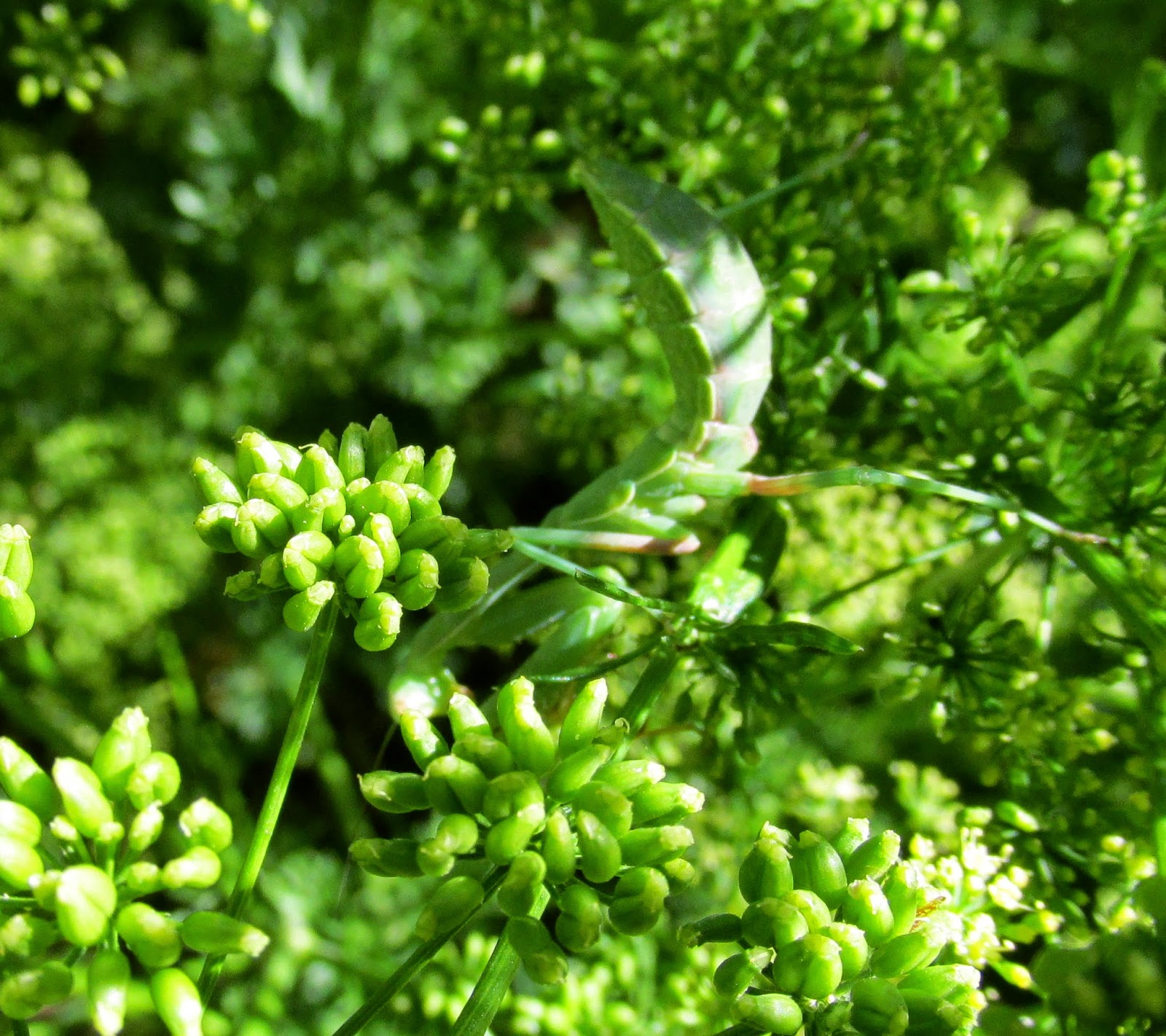Come to our AUGUST TREE & ROSE SALE! All of our trees and roses are 20% off through August. We have a nice selection of evergreens, fruit and shade left. So for those of you who have been waiting for this...here it is!
Go on The Evergreen Garden Club's Annual Garden Tour. It takes place on Saturday August 9th from 9-1 and we have once again been selected to be on the tour. For those of you who are saying "Really?" "Again?" I think they thought that since the date has been changed to August different things would be blooming and they were right. If you didn't make it out last year, please come. If you did come last year please bring a friend this year. This is a good organization to support and it is always nice to see what other people are doing with their yards. We are located at 141 Armijo Road just past mile marker 28 heading south on highway 90. Third house on the right.
The next house on the tour is at 101 Christopher. If you continue past our house on Armijo, it veers right and Christopher goes straight (east). This house is the first one on the left, about 3/4 of a mile down Christopher. It has a lot of colorful drought tolerant plants and a beautiful courtyard.
Blythe Whiteley has also been on the tour before. She sells her cut flowers at the Farmers' Market on Saturdays. Her landscape is full of unusual varieties of perennials, annuals, roses, vines, shrubs and trees. I am sure you will see something you have never seen before. This garden's address is 816 East Pine which is off Silver.
Alicia and Emma are the creators of the landscape at 1809 N Yucca off 18th St. They describe it as an urban fruit and vegetable garden with an emphasis on pollinator habitat, utilizing xeric and native plants. This same philosophy has been implemented at The Commons which is also on the tour. It is located at the corner of 13th and Corbin and can be reached by turning east off of Hudson onto 12th and then turning north onto Corbin.
If you have a garden or landscape that you are proud of, contact The Evergreen Garden Club and let them know you would like to be on the tour next year (388-1324).
We will be closing at 3:00 on August 9th because it is our 30th wedding anniversary...and we can. Thanks to Gavin and Bill for making this little getaway possible!
Plant cool season veggies from seed. I don't know about you but I can't stand to have empty space in my vegetable garden. And since we just pulled the last of our carrots, beets and onions, we planted fennel, lettuce and radishes. They should be up in no time with this warm (ok hot) weather and produce before it starts to freeze. Here is the list of when to plant what give or take a week or two. Remember that we will have transplants for cool season vegetables in September.
SILVER CITY’S SUGGESTED PLANTING TIMES
ASPARAGUS (P) MARCH1-APRIL30
BEANS, BUSH (S) MAY1-31 & JULY1-31
BEANS, POLE (S) MAY1-31
BEANS, LIMA (S) MAY1-JULY15
BEANS, PINTO (S) MAY1-31
BEETS (S) MARCH1-APRIL15 & JULY15-AUGUST1
BROCCOLI (S) (P) MARCH15-APRIL1 & JULY1-15
BRUSSELS SPROUTS (S) (P) APRIL1-MAY15
CABBAGE (S) (P) MARCH15-31 & JULY1-15
CANTALOUPE (S) (P) APRIL15-30
CARROTS (S) FEBRUARY15-APRIL 1 & JULY1-AUGUST1
CAULIFLOWER (S) (P) MARCH15-31 & JULY1-AUGUST1
CHARD, SWISS (S) (P) MARCH1-APRIL15 & JULY1-AUGUST1
CORN, SWEET (S) APRIL20-JULY1
CUCUMBER (S) (P) APRIL15-MAY15
EGGPLANT (P) APRIL15- MAY15
GARLIC (Bulb) SEPTEMBER15-NOVEMBER15
LEEKS (S) FEBRUARY15-MARCH15
LETTUCE, HEAD (S) (P) MARCH1-15
LETTUCE, LEAF-ROMAINE
-BUTTERHEAD (S) (P) MARCH1-31 & JULY15-AUGUST15
OKRA (S) APRIL15-30
ONIONS (S) (Sets) FEBRUARY15-MARCH15 & SEPTEMBER1-31
PEAS (S) FEBRAURY15-APRIL15
PEPPERS,BELL,CHILES (S) (P) APRIL15- MAY15
POTATOES, RED-RUSSET-
WHITE (SP) APRIL1- MAY15
POTATOES, SWEET (SP) MAY15-31
PUMPKIN (S) MAY1-15
RADISH (S) MARCH1-APRIL30 & SEPTEMBER1-30
SPINACH (S) (P) FEBRUARY15-MARCH15 & AUGUST1-30
SQUASH, SUMMER (S) (P) APRIL15-JULY1
SQUASH, WINTER (S) (P) APRIL15-MAY15
TOMATOES (S) (P) APRIL15-MAY15
TURNIPS (S) MARCH1-APRIL15 & JULY1-AUGUST15
WATERMELON (S) (P) APRIL20-MAY20
(S) =plant by seed; (P) = plant live transplants; (SP) =plant seed potatoes or use pieces of organic potatoes
Last frost date in the Grant County area is April 15-May 15 depending on the year and microclimate you are in.
Grant County Extension Service has more free information at 2610 N. Silver Street, Silver City (575) 388-1559.
ALL OF OUR LAKE VALLEY & PAGANO SEEDS
ARE HALF PRICE THROUGH AUGUST!
Plant now and stock up for next year.
Lake Valley & Pagano seeds are untreated and contain no GMO's.
PLANT OF THE MONTH:
Lagerstroemia indica. Crape Myrtle is a moderate growing deciduous shrub that comes in a variety of shapes and sizes. It is a China native with smooth gray bark that can become mottled pink with age. The new foliage is light green with bronze edges and will turn yellow, orange and red in fall. In summer the crepelike flowers form in clusters 6-12" long and the round seed pods provide winter interest. The two varieties that we are carrying now are 'Pink Velour' and 'Red Rocket'. 'Pink Velour' has bright pink flowers and slightly darker foliage being wine-burgundy in spring. It is also considered a semi-dwarf variety only reaching 6-10 feet tall and wide and is a zone 7 plant. 'Red Rocket' will grow to at least 10 feet with ruby red blooms and is a little more cold hardy at zone 6. Both of these Crape Myrtles should be planted in full sun for the most blooms. They could be trained into a small tree, used as an anchor in a perennial bed, grown as a hedge, or used as a screen. They bloom on new wood but really only need to be pruned to shape. Low water and low maintenance, what's not to like?
 |
| Lagerstroemis indica 'Red Rocket' |






